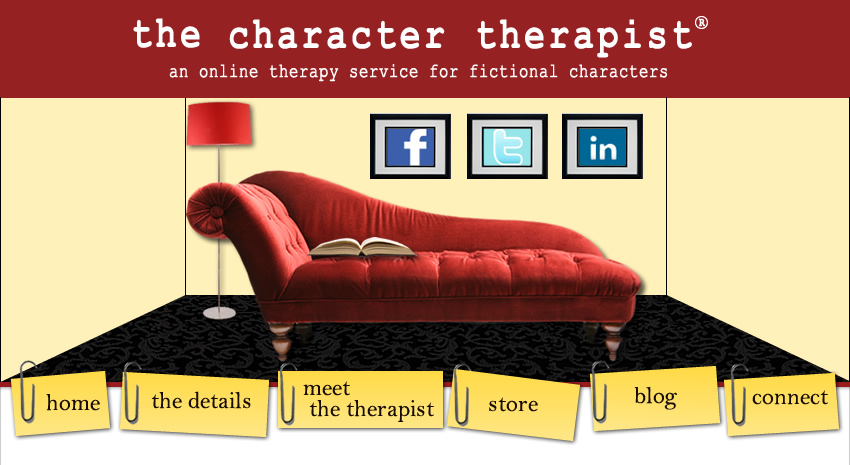ABC Chart Technique
Credited to: Aaron T Beck, founder of Cognitive Therapy
For use with: Individual therapy with adults.
What you will need:
Piece of paper
Pen
What you do:
Explain that every thought has an Activating Event (A). This is what actually happened and the client's immediate interpretations of that event. Then the client forms Beliefs (B) about that event--which can be rational or irrational. Those beliefs lead to Consequences (C), which is what the client feels or does. You can see this in the chart below.
Essentially a therapist can quickly make the above chart by dividing a piece of paper into three columns. Usually this type of assignment is given for homework, but the therapist would likely go over a couple of examples in session to make sure the client understands what they are supposed to do.
Purpose:
Helping the client to recognize their "stinkin' thinkin'" is getting them one step closer to psychological health. In order to do that, people have to recognize the distortions in their thinking, such as:
1. Black-and-White - Thinking or either / or thinking.
2. Making Unfair Comparisons – usually in the negative
3. Filtering – honing in on the negative, forgetting the positive.
4. Personalizing - The Self-Blame Game
5. Mind-Reading – thinking we know what others think (negatively)
6. Catastrophising – imagining the worst case scenario
7. Overgeneralising – “I always mess up…”
8. Confusing Fact with Feeling – “If I think or feel this way then my thoughts/feelings must be correct'.
9. Labelling – I’m a loser vs. I made a mistake.
10. 'Can't Standitis' – being unnecessarily intolerant
(from Basic Counseling Skills.com)
The reason this is called Cognitive Therapy is that it focuses on the second step of (B)elief. If a person's beliefs about something are irrational, then their resulting consequences will be unhealthy, leading to unmanageable behaviors and emotions. Beck believed that if the distorted thought could be intercepted and changed, then psychological illnesses, such as depression, would subside.
Q4U: Any one identify with some of the above examples of "stinkin' thinkin'"?










2 comments:
I know two people in my life that tend to drift this way. What's the treatment??? :O)
I'm probably most guilty of 'Can't Standitis,' or in other words, having way too many pet peeves about other people. My biggest tool to combat it is that I genuinely like most people, so I work on seeing the positive and refusing to focus on those pet peeves.
Post a Comment
Both comments and questions are welcome. I hope you enjoyed your time on the couch today.